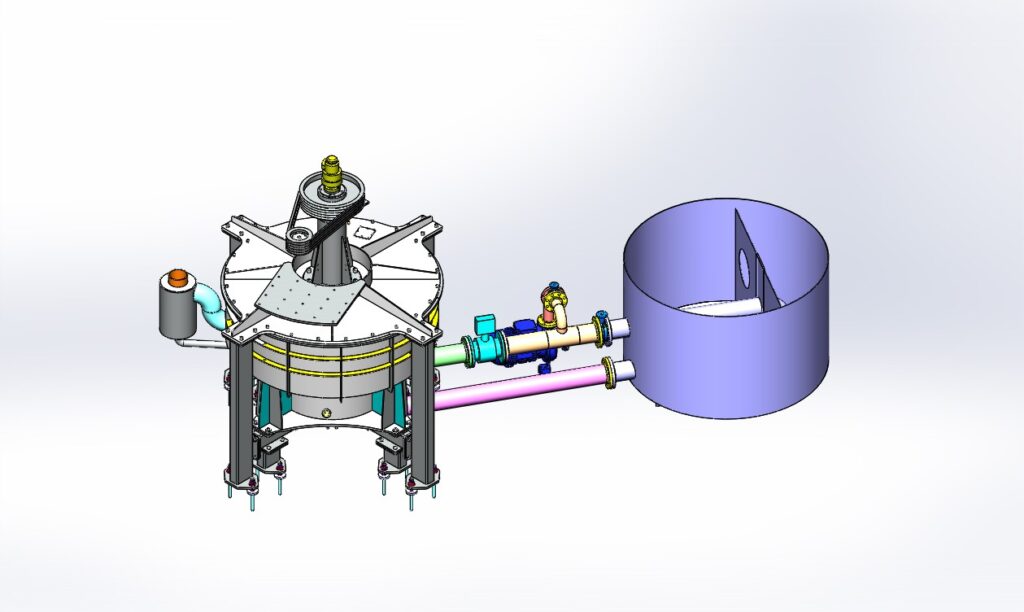M-CSP requires a small (<1MW) and efficient (>40%) external-heat engine, not existing today due to thermodynamic considerations. Such an engine will also increase the green hydrogen production capacity factor, which will reduce its cost to the level of gray Hydrogen, and will allow to harvest waste heat.
In all heat engines that we know, only gases are used, and for two roles; i.) Perform the work by expansion and compression. ii.) Transfer the energy into the engine. This 2nd role is challenging for external heat sources, because gases carry negligible thermal energy per volume (volumetric heat capacity), and tend to behave as an ideal gas. This results in a non-isothermal expansion/compression, which is counterproductive since the temperature drop arrests the expansion and drastically reduces the efficiency.
Increasing energy density by three orders of magnitude and inducing isothermal gas expansion is what we solve by demonstrating the first dual-phase (HTL & gas bubbles) engine where the HTL supplies the heat along with the gas expansion.
In our engine, HTL such as molten salt flows in a nozzle with a thermal energy density that is orders of magnitude higher than gasses (per volume). Pressurized bubbles of air are injected into the nozzle and expand isothermally due to the negligible heat capacity of each bubble compared to its large surface area. The bubble’s expansion accelerates the HTL in the nozzle converting the heat and pressure into kinetic energy of the HTL. Converting the kinetic energy of fluids into electricity is extremely simple and achieved by hydroelectric-like technology, which has a tag price that is a fraction of the cost of steam turbines.


